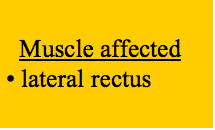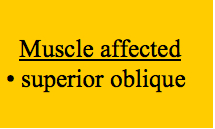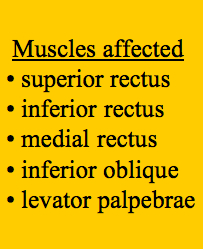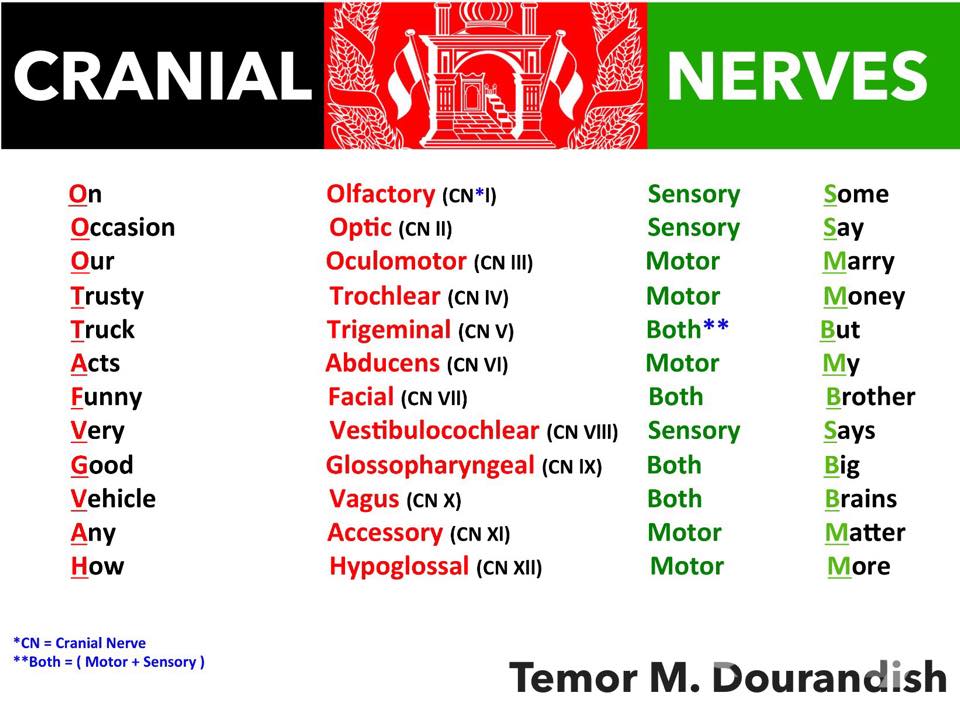Cardiac Tamponade
Here are some important facts about Cardiac Tamponade!:
Here are some important facts about Cardiac Tamponade!:
Here's a cool way to remember the diseases associated with Mitral valve prolapse:
How can Microsoft help me remember the murmur of Mitral Stenosis?:
Here's a fun way to use Jason Mraz to remember your valve disorders!
A 55-year-old woman who is status-post mantle field radiation of the mediastinum for Hodgkin's Lymphoma develops the gradual onset of dyspnea on exertion. A video of her jugular venous pulse is shown. A pulsus paradoxus is not present and cardiac markers such as troponin and creatine kinase are not elevated. Pulmonary function tests reveal a restrictive pattern. Which of the following is the most likely explanation for the clinical findings?
This is a 33 year-old female with a history of infectious endocarditis with methacillin-resistant Staphylococcus aureus involving the tricuspid valve. Video 1 shows the physical exam findings. Video 2 shows the transthoracic echocardiogram of the tricuspid valve. Based on these findings the patient most likely has which of the following findings on cardiac ausculation?
A) Blowing diastolic decrescendo murmur with Austin-Flint murmur
B) Blowing holosystolic murmur radiating to the apex
C) Blowing holosystolic murmur radiating to the axilla
D) Crescendo-decrescendo systolic murmur that increases with maneuvers that decrease venous return
E) Crescendo-decrescendo systolic murmur that increases with maneuvers that increase venous return
F) Holosystolic murmur that increases on expiration
G) Holosystolic murmur that increases on inspiration
This is a 43 year old male with a history of rheumatic valvular heart disease. Based on this video, which of the following is the most likely cause of this physical exam finding?
A) Aortic insufficiency
B) Aortic stenosis
C) Mitral insufficiency
D) Mitral stenosis
E) Mitral valve prolapse
Can you name this sign?
I'm a total wanna-be Canadian... I have Hockey in my blood! Go Canada!


Associated with increased ICP and ischemic injury.
Video source: OphthoBook.com


Associated with trauma, ischemic injury, tumor, and may be congenital.
Video source: OphthoBook.com


Associated with uncal herniation, ischemic injury, tumor, aneurysm of the PCA.
Video source: OphthoBook.com

Here's a musical way to remember the cranial nerves:

Here's someone that I would like you to meet.....
Here's a video demonstrating the two classic signs of hypocalcemia - Chvostek's and Trousseau's signs:
Here's a great way to remember the important anatomy of the gag reflex: